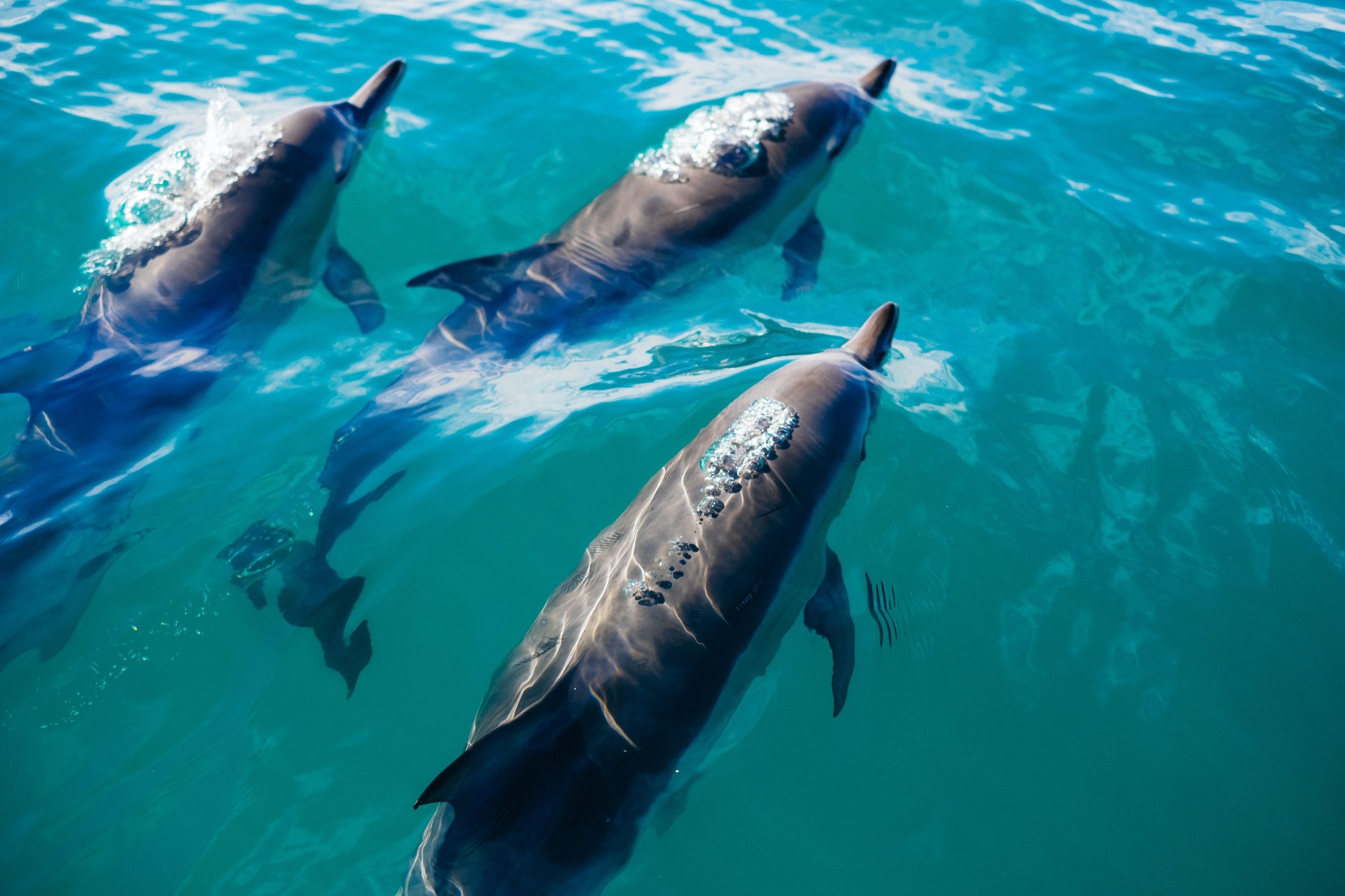Almost 1500 dolphins were killed in the Faroe Islands on Sunday. The incident
brought the practice of dolphin hunting in the region under scrutiny.
The pod
of white-sided dolphins was pushed into the North Atlantic territory’s largest
fjord. They were driven into shallow waters at Eysturoy’s Skalabotnur beach
before being slaughtered with knives.
Also Read: Expert explains how IUCN’s ‘Green status’ will help endangered species
The
Sea Shepherd group, which has been fighting to end the traditional Faroese
“Grind” slaughter since the 1980s, describes the hunt as
“the largest single killing of dolphins or pilot whales in the islands’ history.”
International
conservation organisations rounded on the hunters, condemning the killing.
Many locals were shocked by the
extent of the slaughter at Skalabotnur beach, which even drew criticism
from those engaged in the practice.
Olavur Sjurdarberg, the chairman of the Faroese Whalers
Association admitted that the slaughter was excessive in an interview with the
BBC.
“It
was a big mistake,” said Mr. Sjurdarberg. “When the pod was found,
they estimated it to be only 200 dolphins.”
Also Read: Watch: Bird in Australian zoo mimics a crying baby
They only discovered the
actual size of the pod once the killing process began, he added. “Somebody should have known better,” he said. “Most
people are in shock about what happened.”
Despite this, Mr. Sjurdarberg claims that the catch was
permitted by municipal authorities and that no laws were violated.
In the Faroe Islands, such hunts are strictly regulated.
They are not for profit and are organised on a community basis, frequently
spontaneously when a pod of animals is seen. Hunters must have an official
training certificate that allows them to kill the animals in order to
participate.
Also Read: Gil Wizen’s mosquito gets lauded at 57th Wildlife Photographer of the Year contest
Killing white-sided dolphins are “legal, but it’s
not popular,” according to Sjurdur Skaale, a Danish Faroe Islands MP.
On Monday, he spoke with residents at Skalabotnur beach.
“People were furious,” he explained. Nonetheless, he backed the
hunt, calling it “humane” if performed properly.






